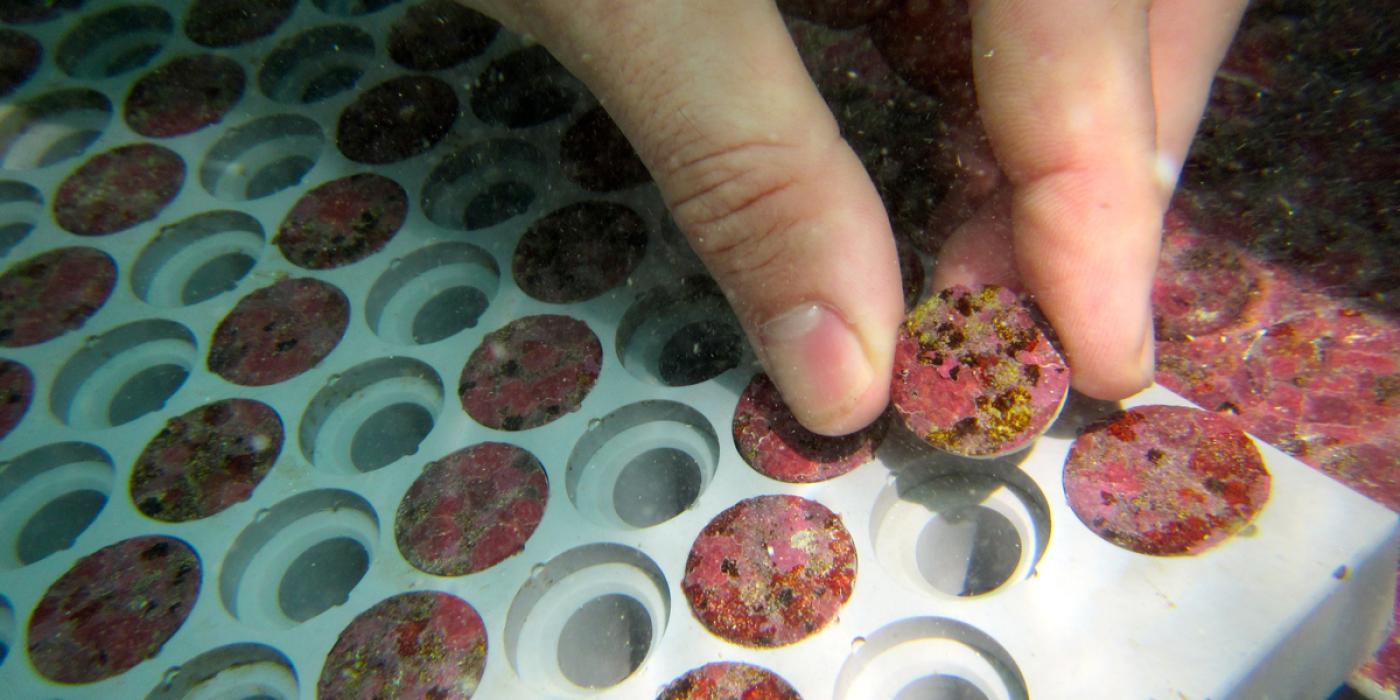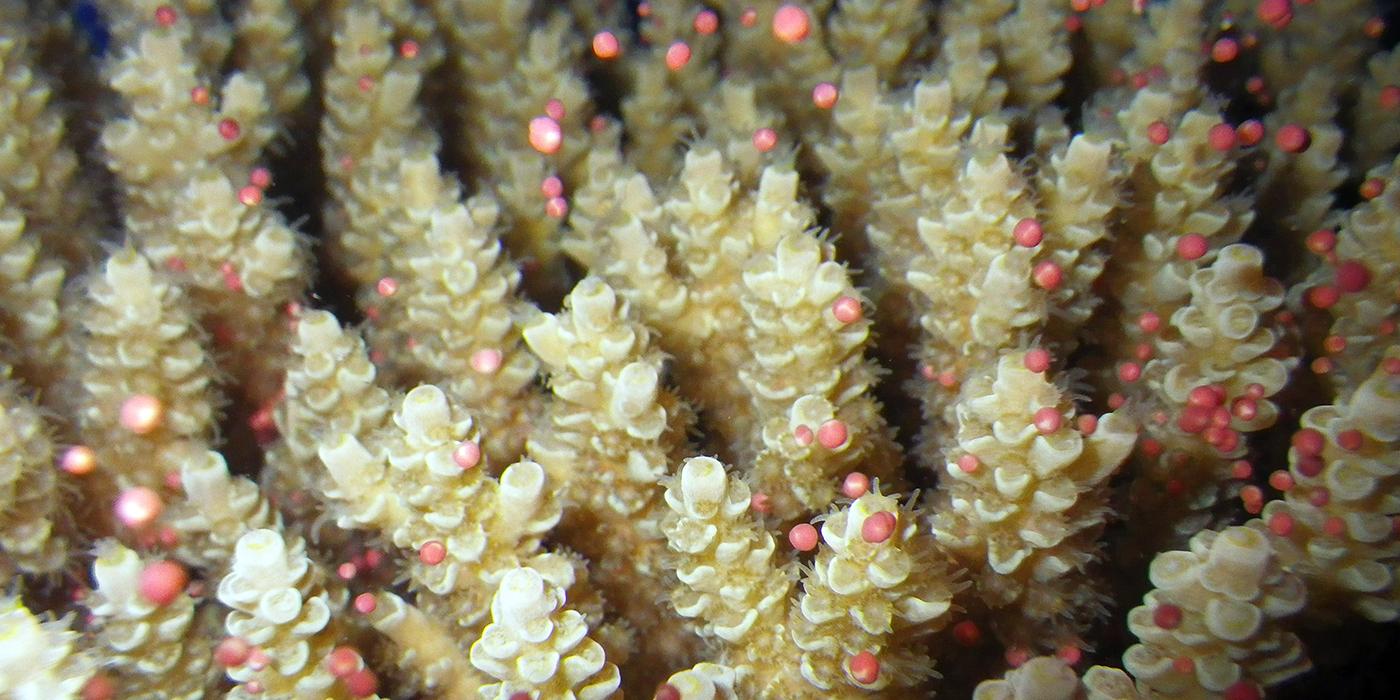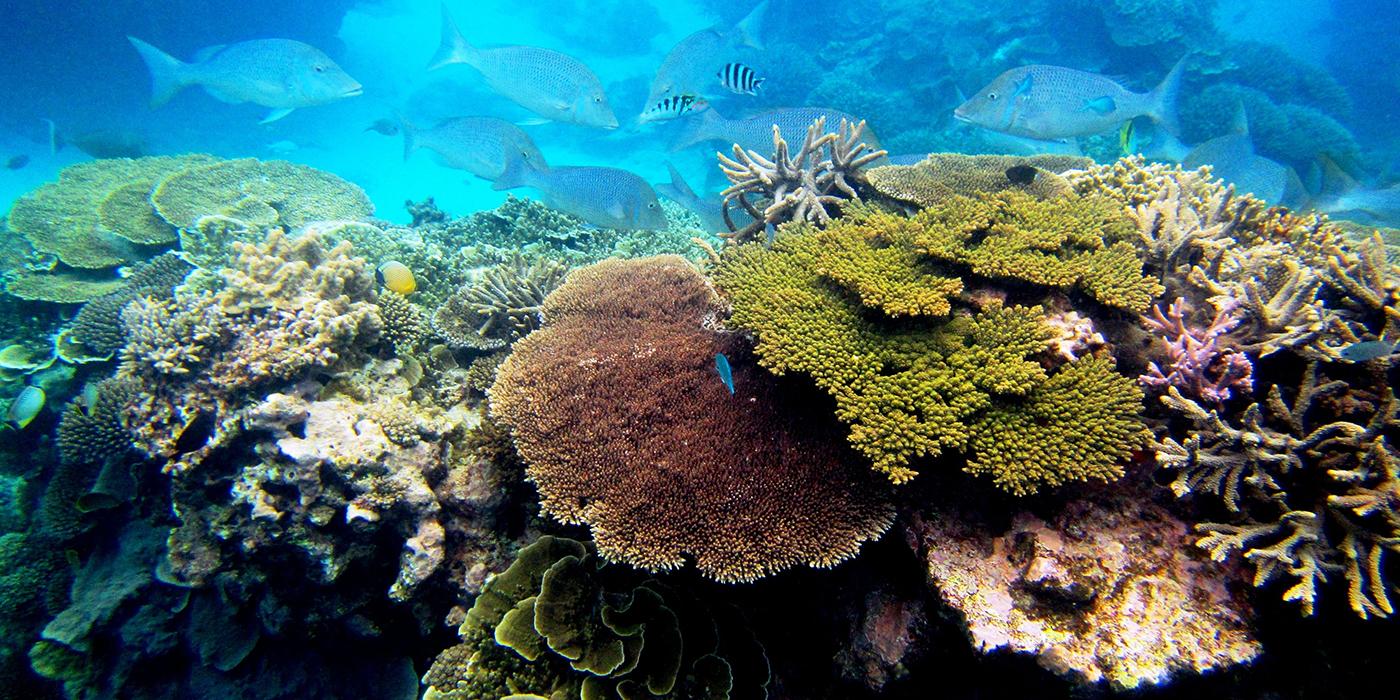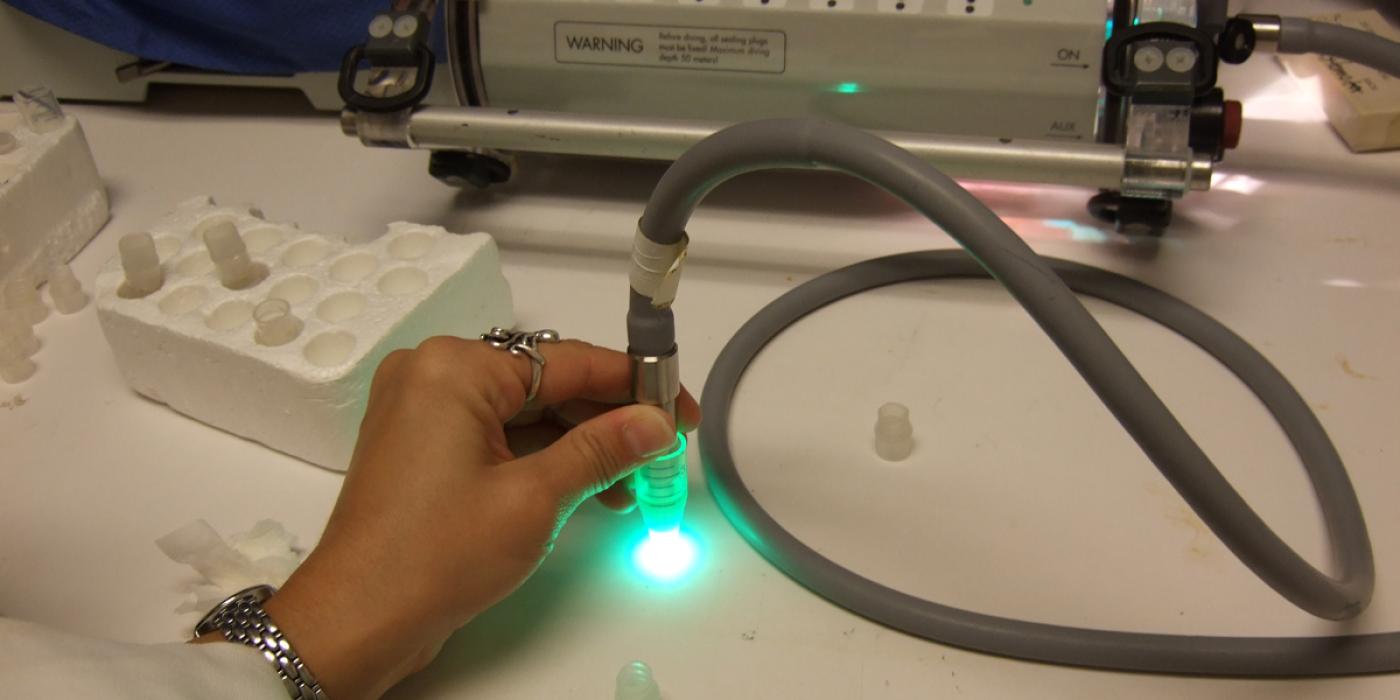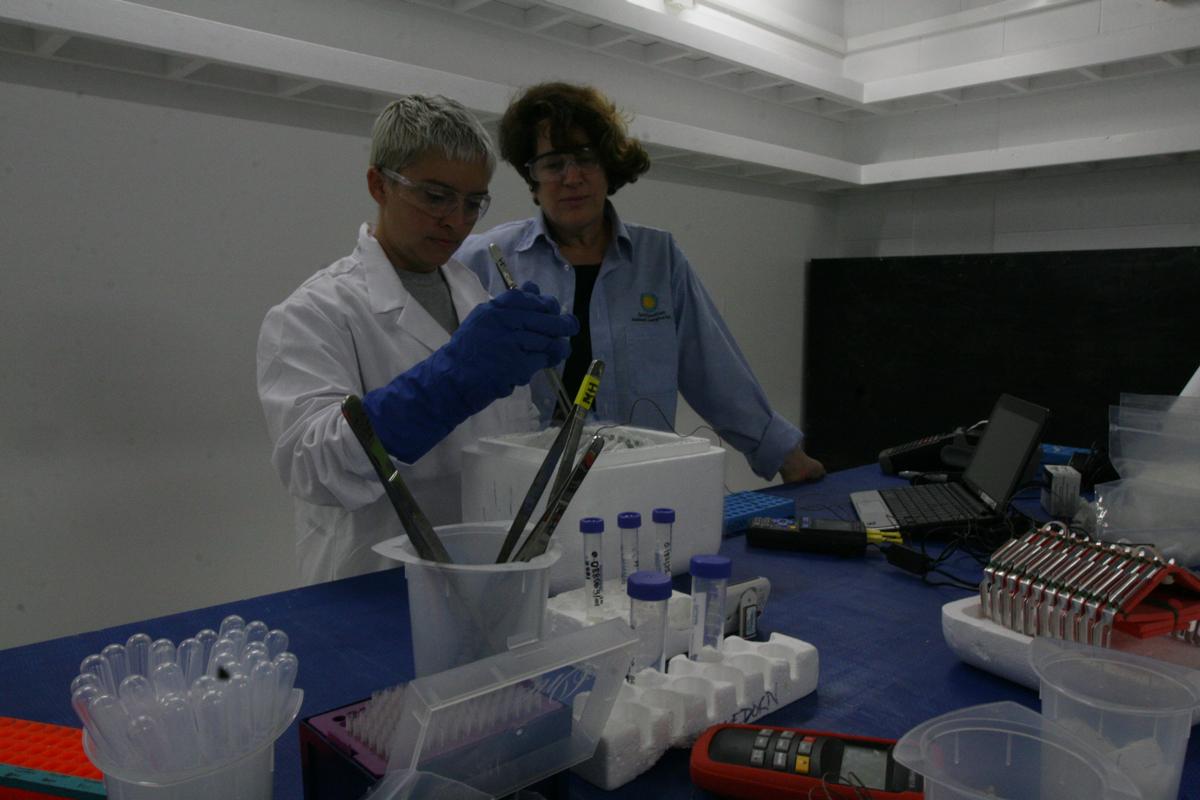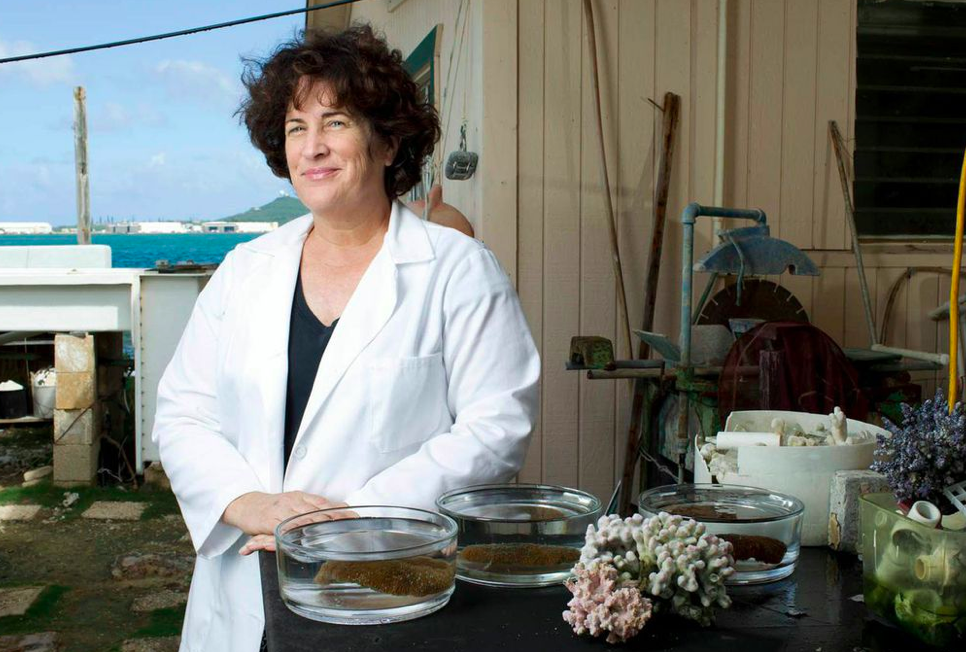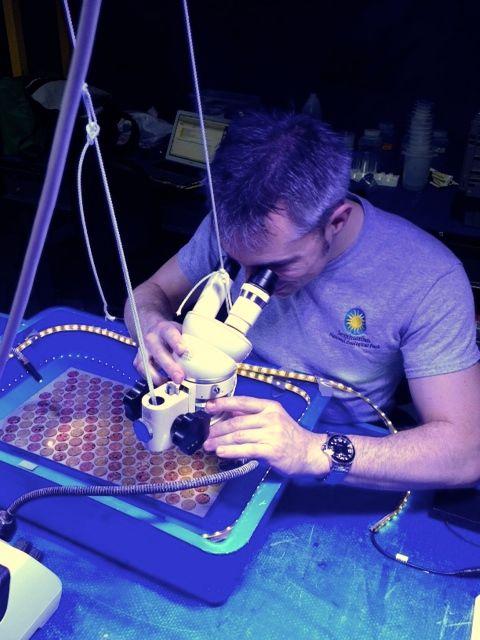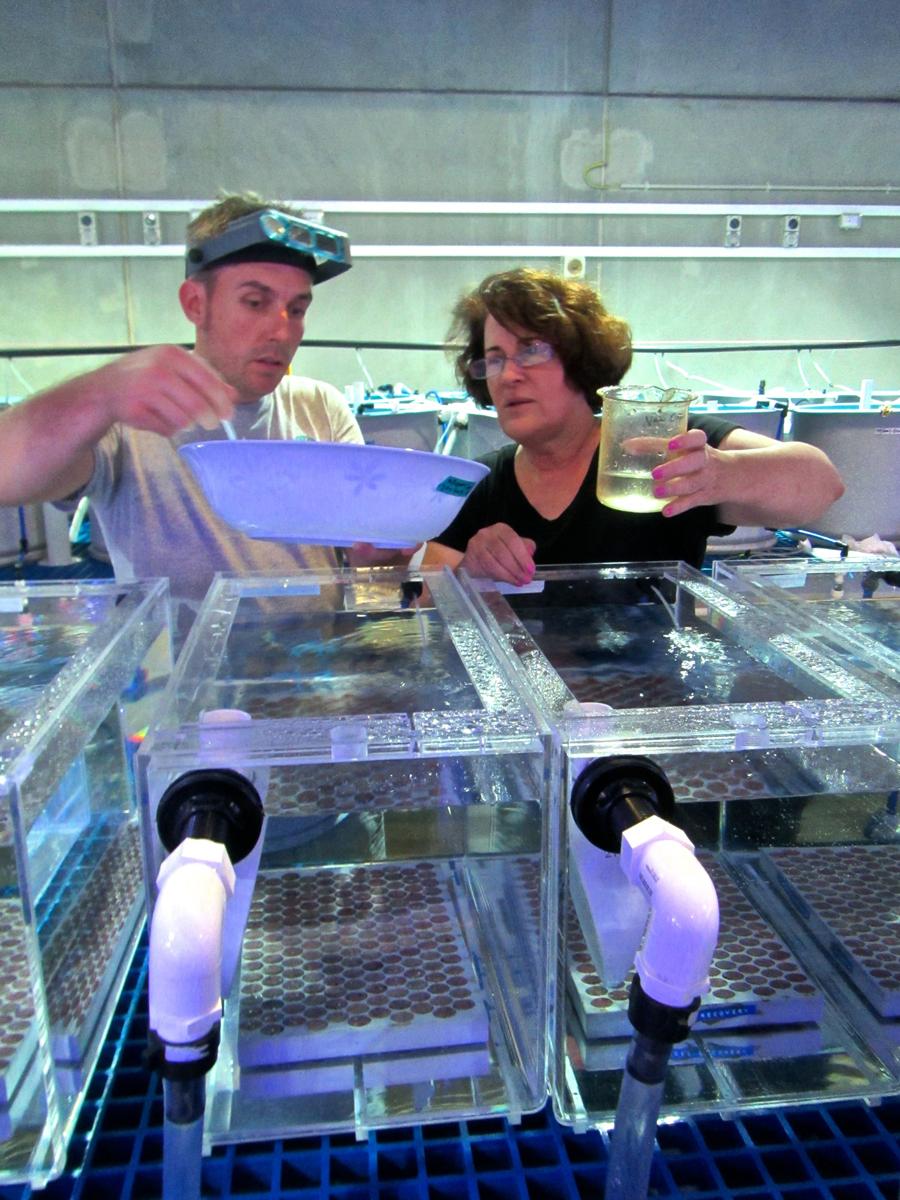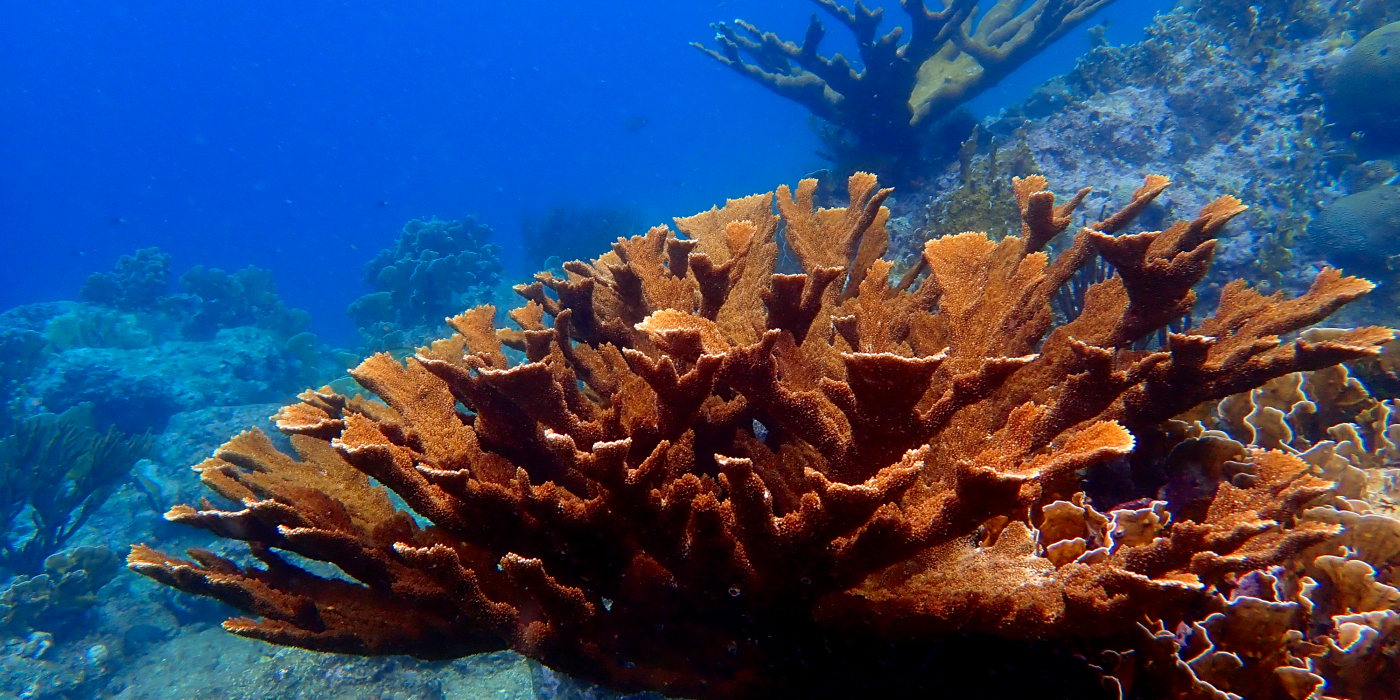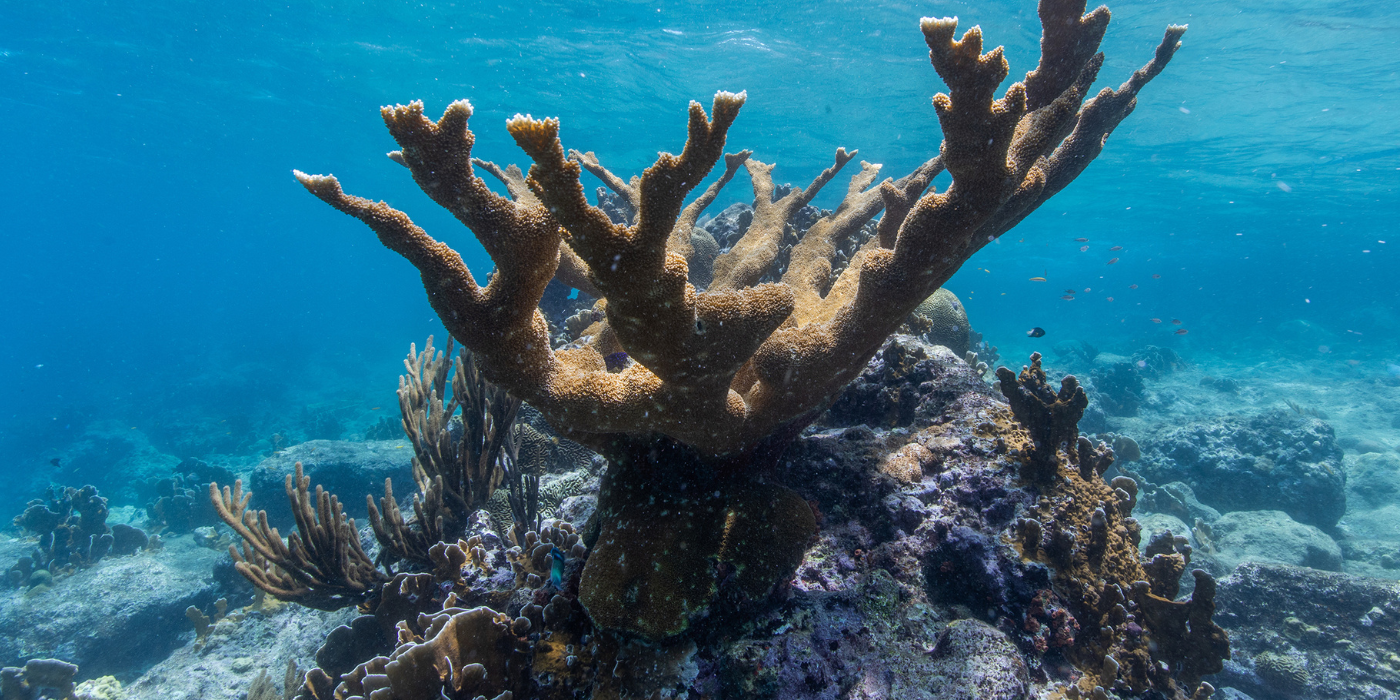Saving Threatened Corals
All of the world's coral face global threats from ocean warming and acidification making coral reefs one of most extinction-prone ecosystems on the planet. The algae that live inside the coral are an important link in this process, and Smithsonian Conservation Biology Institute (SCBI) scientists are working to protect corals by preserving algae vital to their survival.
In a study published September 30 in the journal PLOS ONE, SCBI marine physiologist Mary Hagedorn and research assistant Virginia Carter have pioneered the use of a human reproductive technology methods to preserve the algae from the genus Symbiodinium. This algae helps feed the coral and may allow them to adapt to warmer conditions. In the future, a bank of these important algae may be used to help coral acclimatize to warm ocean conditions.
"Rising global temperatures are leading to reduced coral numbers and diversity all over the world," Hagedorn said. "We have to do more than preserve habitat alone. "Many species may only survive through selective breeding or assisted evolution. We need future-thinking tools to protect the genetic diversity and integrity of existing coral species. Banking coral and their algal symbionts, such as Symbiodinium, is crucial to saving reefs and helping develop strains of coral that are more resistant to rising ocean temperatures."
The symbiotic algae are critical to the survival of reef-building coral. The algae's photosynthetic processes allow them to turn sunlight into oxygen, sugars and amino acids that the coral need to survive, and they also help the coral remove waste products. In return, the coral protects and nurtures the algae. When the water surrounding the coral warms greater than 1 degree Celsius or more above normal, the algae stress and the coral expel them. The algae give the coral much of their color, so when the algae are expelled the coral's tissues becomes translucent, making their bone-white skeleton visible. This is called "bleaching." If the coral do not retrieve their algal symbionts within six to 10 weeks, they will die. During the global bleaching event of 1997 to 1998, 15 percent of the world's coral died.
Two important findings were made during this study: First, the standard slow-freezing protocols previously used to preserve Symbiodinum were ineffective, in that very few algae survived upon thawing. The SCBI team successfully applied an ultra-rapid freezing and thawing technique called vitrification, pioneered to preserve human eggs. After vitrification and thawing, at least 50 percent of the Symbiodinium were alive 24 hours later, and the procedure is applicable to multiple Symbiodinium species.
Second, Hagedorn and Carter also found that the season in which the algae were vitrified affected their survival. For example, algae vitrified in winter had a 90 percent survival rate, while algae vitrified during the summer had 50. The difference may have to do with a seasonal shift in the types or quantity of fats the algae have in their cells.
The team's future research will determine whether preserved Symbiodinium will thrive and be absorbed and maintained by coral larvae after thawing. These findings lay the foundation for developing a viable genome resource bank for the world's Symbiodinium that, in turn, will not only protect this critical element of coral but serve as a resource for understanding the complexities of symbiosis, support selective breeding experiments to develop more resilient strains of coral, and provide a "gold-standard" genomics collection, allowing for full genomic sequencing of unique Symbiodinium strains.
This story appears in the October 2015 issue of Smithsonian Conservation Biology Institute News.
Do you want more great science stories in your inbox? Sign up for the e-newsletter here.

